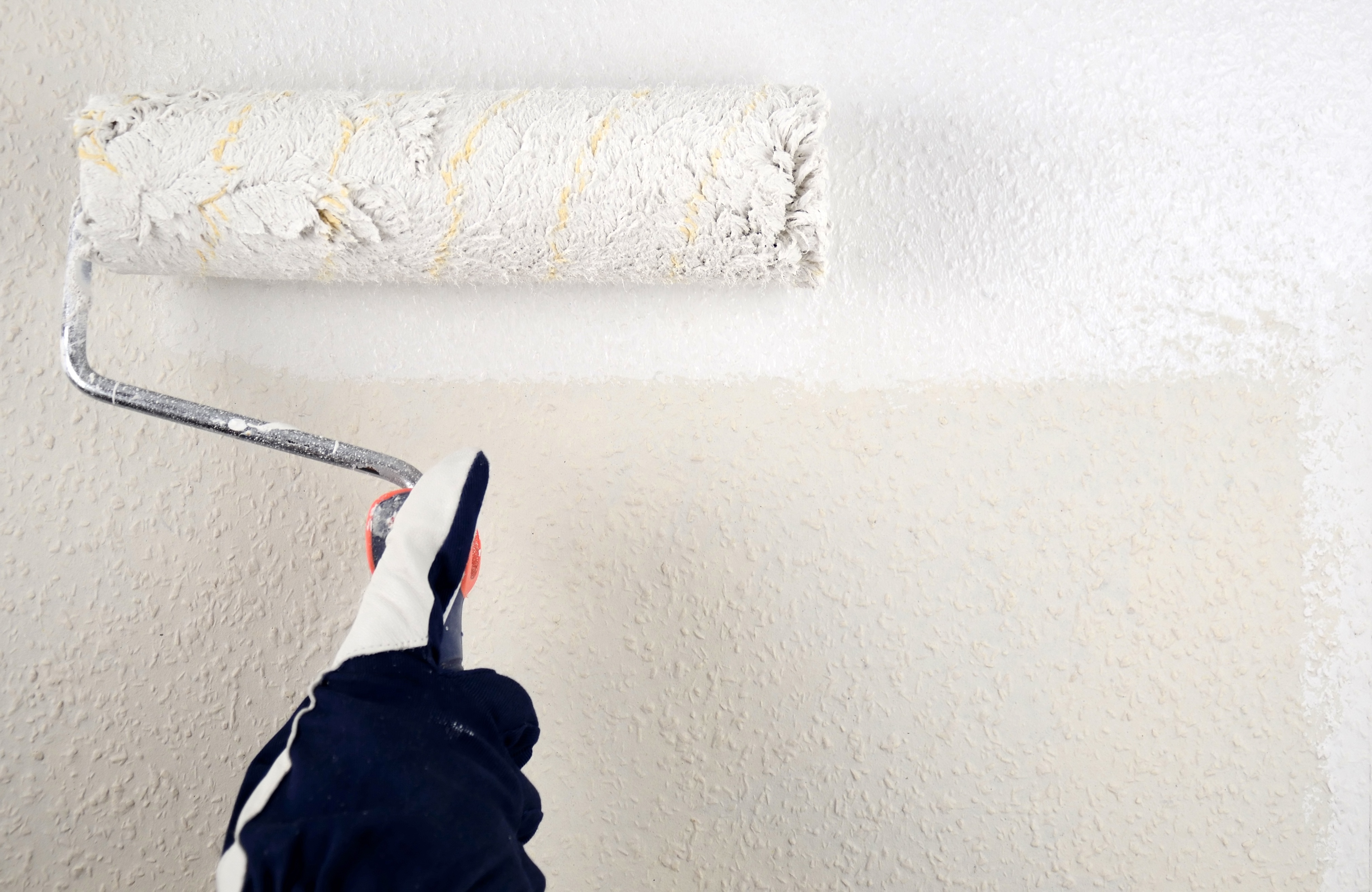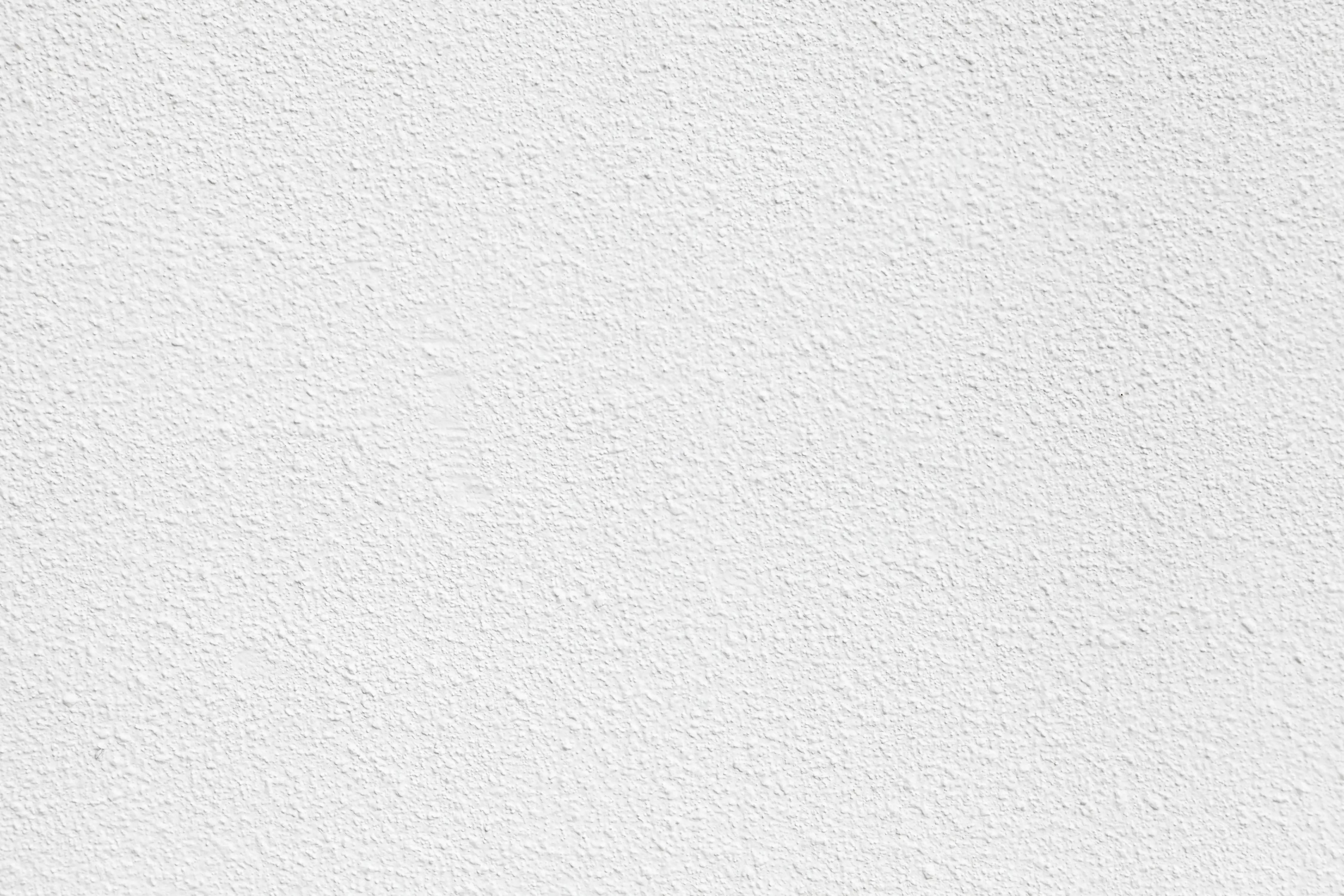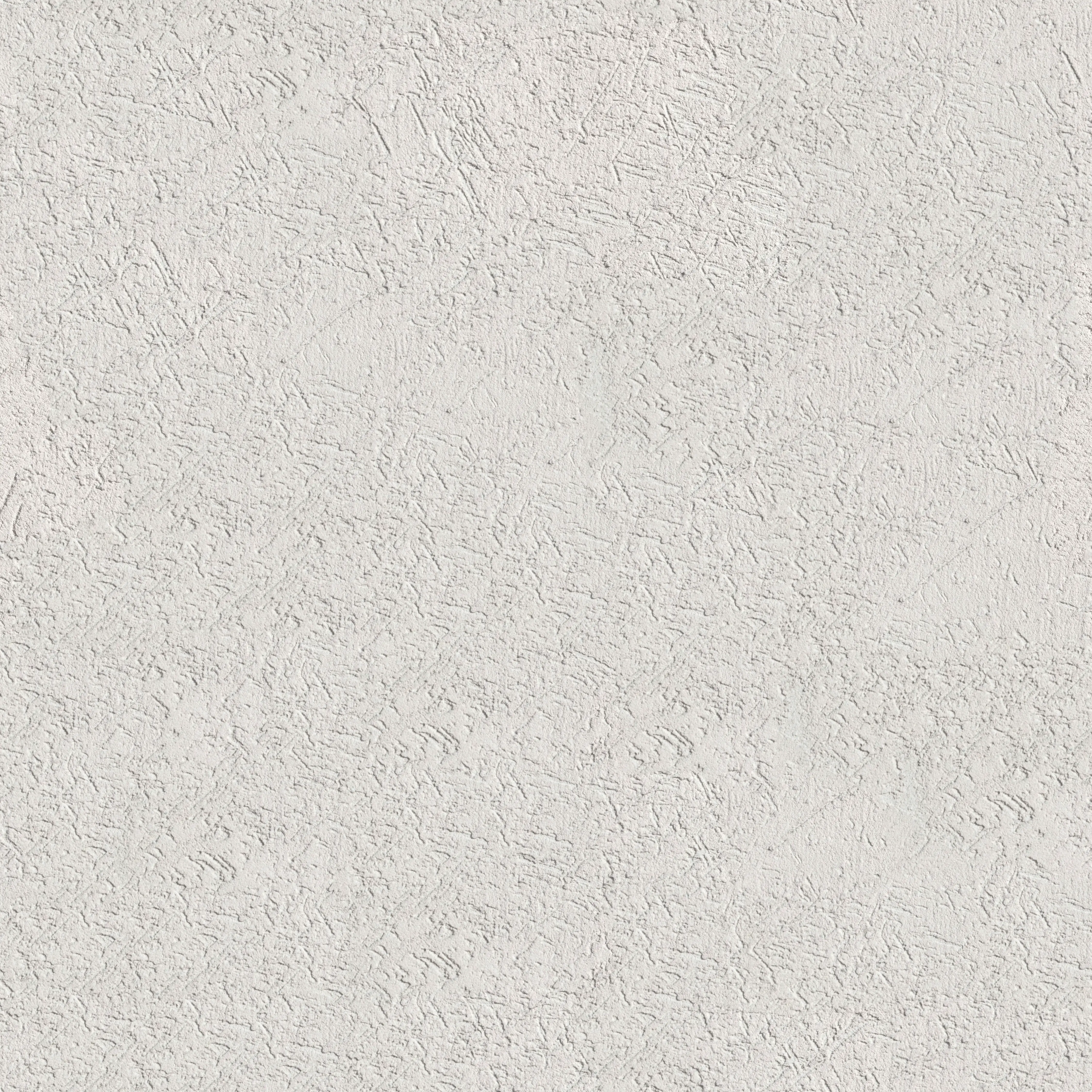
Painting a wall can take a lot of work. But does your textured wall need more than the normal amount of paint?
A textured wall does not need more than the regular amount of paint. When painting a textured wall, you can use the recommended gallon to square feet ratio. However, it will take more effort on your part to cover a rough texture.
Let’s talk paint!
Wall Textures Comparison
When painting our textured walls, it’s important to know what type of texture you have so that you can get the right materials. You will NOT need extra paint regardless if your wall is finely textured or roughly textured. Use this handy Paint Calculator to find out how many gallons of paint you need per square inch.
There are many different types of textured walls and we cannot possibly talk about all of them. Let’s explore the most common textures first, then touch on the eccentric.
Orange Peel
This texture looks exactly like what it’s named after, an orange peel! The texture is small and fine, not full of ridges and bumps. It is the most common type of texture because it is the easiest for drywallers to apply. They simply spray the drywall mud onto the wall with the texture sprayer and voila! Orange peel texture!
As far as painting orange peel goes, there is no reason to get more paint. orange peel is an almost flat texture that does not require extra tools or paint beyond what you would normal have for a flat wall.
Knockdown
Like orange peel, knockdown texture is one of the easiest textures to apply to plaster and drywalls. After spraying the wall with drywall mud, creating an orange peel texture, a trowel or knife is used to flatten the little bumps. It creates a pattern very similar to stucco, but it doesn’t have the sharpness of stucco.
Painting a knockdown texture is similar to orange peel. However, because there are some more gaps in texture compared to orange peel, consider getting a fluffier paint roller or a paint roller specifically made for textured walls to accommodate for the ridges in the texture.


Slap Brush
This texture is created just as it sounds: by slapping a brush on the wall. The drywall mud is applied to the wall with a brush that is slapped on the wall to create a rough texture with no specific pattern. It is a rougher texture due to the dips and crevices created by the brush leaving the wall. There is a variant of this texture called knockdown slap brush that is just like the regular knockdown, only beginning with slap brush instead of orange peel.
Unfortunately, slap brush is going to take more effort to paint because of the rough texture. You’ll want to get a 3/4″ or 1″ paint roller, one of the fluffier ones, or a paint roller specifically made for textured walls. This will help you get into all the little crevices in the slap brush texture.
However, that does not mean you need more paint. After using the paint calculator above, you should have plenty of paint for a textured wall.


Sand Swirl
Using a primer with sand mixed into it, a compound known as perlite, a brush is swirled onto the wall, creating the sand swirl texture. This is a finer texture with small ridges or stripes in the drywall mud. Only rarely is this texture very rough.
Sand swirl texture does not require more paint, but may require you to get a different paint roller. A fluffier paint roller may help you get into all the ridges created by the perlite.

Other
Anything other than these typical textures will be a unique texture. Such textures may include comb (uses a painters comb to create the texture), or could be made by any number of techniques and tools. Know that if the texture of your walls in unique, you may need different tools and more time to paint.
Any texture rougher than knockdown and slap brush is going to take you a lot longer to paint. It may require you to get not only a fluffier paint roller, but other brushes as well. The brushes will be used to get into the ridges, crevices, and divots of the complex texture. That is going to take you a lot of time.
If you’d rather get rid of the texture on your walls, refer to the link below about removing texture from walls!
The Effects Of Paint
When painting a textured wall, there are a few things that need to be considered. The type of paint you choose may positively or negatively impact the texture of your walls. Each paint will have a different effect on the texture. But what do I mean by “different effect”? The following types of paint will either make the texture stand out or blend in.
Flat/Matte & Eggshell

Both of these paints are perfect for hiding blemishes and texture on your wall. Because these paints hardly have any sheen to them, the rough textures will be more difficult to see. This is great if you’re not crazy about the patterns and would rather have flat walls, but don’t have the time or capability to change the textured wall to a flat wall.
However, it is important to note is that matte paint and eggshell paint does not help keep your textured walls clean. Textured walls are more prone to dust because of the ridges and bumps and having a matte or eggshell paint does not keep the walls any cleaner.
Satin, Semi-Gloss, And High-Gloss
All of these paints have a shine or glow to them. They reflect light, which means they are going to highlight the texture on your walls. This is wonderful if you love the texture! The ridges and bumps will stand out more with satin, semi-gloss, or high-gloss paints more than they ever would with flat paint or eggshell paint. Especially if there is a lot of light in the room.
Additionally, these types of paint are going to make it much easier to wash your walls. The glossy texture will help you wipe off any mess, whereas a flat or eggshell paint will likely leave a stain. Those difficult-to-clean slopes and lines, with the aid of glossy paint, will be no problem to wipe down.
Are you still unsure how to paint a textured wall? Are you worried about messing it all up? Watch the following video where a professional painter will instruct you in painting a textured wall.
Happy painting!
